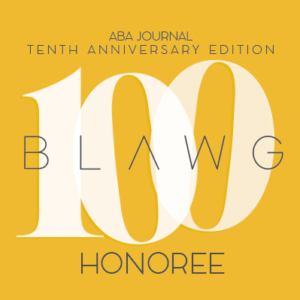Below is a comprehensive post by Avinash Amarnath, attorney with Vinod Dhall & TT&A, New Delhi, India. Mr. Amarnath covers several subjects including the new Chair of the Competition Commission of India.
India Update 2016 – Vol I
Hello and a happy new year to all readers. There were a few significant cartel developments towards the end of 2015 in India which I will be covering in this post along with some recent administrative developments.
New Chairman of CCI appointed
Mr. D. K. Sikri, a former officer of the Indian Administrative Service (IAS) has been appointed by the Government of India as the new Chairman of the Competition Commission of India (CCI). Mr. Sikri succeeds Mr. Ashok Chawla, whose tenure ended on 7 January 2016.
COMPAT sets aside cartel fines against cement companies
The most significant cartel development of 2015 happened to come right at the end. On 11 December 2015, the Competition Appellate Tribunal (COMPAT) set aside an order of the CCI imposing fines amounting to approx. USD 945.4 million on 11 cement companies and their trade association for operating a cartel. The order was set aside on due process grounds and the matter was remitted back to the CCI for a fresh hearing and decision. The cement companies, amongst others, argued before the COMPAT that the CCI’s order violated the rules of natural justice and in particular, the rule that he who hears must decide as the Chairperson of the CCI who did not attend the oral hearings of the parties had participated in the decision making process by signing the order. The CCI’s position was that it only performs administrative functions and therefore, the rules of natural justice should not be applied to it in a strict manner. Further, the CCI argued that no real prejudice had been caused to the parties as a result of this alleged violation of the rules of natural justice.
The COMPAT observed that the basic question to be determined was whether the CCI is merely an administrative body or whether the CCI performs quasi-judicial functions and is therefore, bound by the rules of natural justice. After an extensive review and discussion on the powers of the CCI under the Indian Competition Act, 2002 (Competition Act), the procedure for dealing with a case and several case law of the Supreme Court of India on whether the rules of natural justice apply to administrative and quasi-judicial actions, the COMPAT concluded that it was evident that the CCI performed quasi-judicial functions while hearing and disposing off antitrust cases. Accordingly, the CCI was bound by the rules of natural justice including the rule that he who hears must decide. The COMPAT also rejected the argument of the CCI that no prejudice was caused to the parties as a result of this lapse by distinguishing the facts of this case from other precedents relied on by the CCI. Further, the COMPAT found that actual prejudice had been caused by this lapse as the Chairperson had lent his signature to the final order without having heard the various substantive arguments raised by the parties during oral hearing. In any event, it would be very difficult to judge whether prejudice had been caused as it would be impossible to determine the outcome of the case had the Chairperson not participated in the decision making process. Finally, the COMPAT urged the CCI to evolve a comprehensive protocol and lay down guidelines for investigating and hearing a case in consonance with rules of natural justice. [Read more…]
